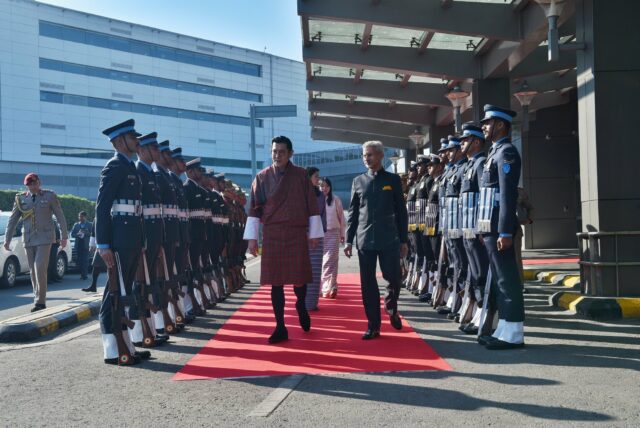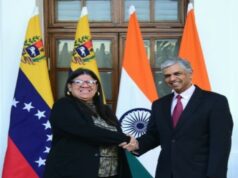
Prime Minister Narendra Modi will be in Bhutan from Nov. 11–12 on his fourth visit to the Himalayan kingdom. Top of the agenda is energy cooperation and connectivity but security and strategic issues loom large.
The India-China face off over Bhutan’s Doklam plateau is recent memory. Add to that China’s boundary disputes with both countries. Strengthening connectivity and economic integration is seen as a way to support Bhutan’s sovereignty and stability while enhancing India’s engagement across the eastern Himalayas.
The visit also coincides with the 70th birthday celebrations Jigme Singye Wangchuck, the father of the current monarch.
Punatsangchhu-II
A key highlight of the visit will be the inauguration of the 1,020-megawatt Punatsangchhu-II Hydropower Project. The plant, which became operational earlier this year, will boost Bhutan’s total electricity capacity by nearly 40 percent, helping it expand power exports to India and diversify its revenue base.
Financed through a mix of Indian grants and loans, Punatsangchhu-II continues a long-standing tradition of energy collaboration that began with projects such as Chukha, Tala, Kurichhu, and Mangdechhu. Hydropower remains the backbone of Bhutan’s economy, providing a major share of government income and clean energy for India’s growing power needs.
Rail Connectivity
Modi is also expected to review progress on two new India–Bhutan railway projects, the Kokrajhar–Gelephu link connecting Assam to southern Bhutan, and the Banarhat–Samtse line connecting West Bengal to southwestern Bhutan.
Together spanning about 89 kilometres, these lines are designed to carry both passengers and freight, creating new trade routes and faster transport between the two countries. India will fund construction on its side of the border, while Bhutan’s sections will be supported under New Delhi’s Rs 10,000-crore assistance for Bhutan’s 13th Five-Year Plan (2024–29).
Officials say the new links will be vital for Bhutan’s trade logistics, as more than 80 percent of its imports and exports currently pass through Indian ports and highways. Improved rail access will cut transport costs and open opportunities for industries in border towns such as Gelephu and Samtse, which Bhutan plans to develop into key economic hubs.
Digital, Development
Beyond energy and transport, India and Bhutan are working closely on digital connectivity, education, and skill development. Bhutan was the first foreign country to adopt India’s BHIM-UPI platform in 2021, and discussions during the visit are expected to expand cooperation in fintech and e-governance.
India’s assistance package also includes funding for road infrastructure, health facilities, and technology-based education projects, reflecting the long-term commitment under New Delhi’s Neighbourhood First policy.




